Conclusion
Vaccines currently routinely recommended to the general population in the U.S.* can rarely cause syncope up to an hour after vaccination, most frequently among adolescents, and especially among females 11-18 years of age.
Potential injury from syncope after vaccination can be prevented by careful monitoring of vaccine recipients and having them sit or lay down if symptoms develop 1. The ACIP recommends that recipients always receive the vaccine while sitting and that providers observe adolescent and adult patients for 15 minutes after vaccination 2,3. To avoid a hysterical reaction among peers to a post-vaccination syncope case, it is also recommended that adolescents are vaccinated out of sight of others awaiting vaccination 4.
Epidemiological evidence
The 2012 report by the Institute of Medicine (IOM), now called the National Academy of Medicine (NAM), found no relevant studies of quality in the literature assessing an association between vaccination and syncope, since the only applicable studies available either had limited power or serious methodological limitations, or used passive surveillance systems and therefore lacked an unvaccinated comparison group 5. However, numerous case studies have provided strong mechanistic evidence, as described in the proposed biological mechanism section below.
A 2013 study by the U.S. Armed Forces estimated annual rates of syncope associated with immunization to be between 4.4 and 14.1 events per 100,000 immunizations 6.
Proposed biological mechanism
Syncope is usually caused by a vasovagal reaction in which sympathetic nervous system stimulation brings a sudden onset of hypotension. Potential stimuli for a vasovagal reaction include invasive medical procedures such as venipuncture, as well as simply the sight of blood in some persons 1.
The 2012 IOM report described a number of cases of syncope after vaccination 1,7-16. Due to the consistency of the prodromal symptoms, such as dizziness and pallor, and that most cases had a latency of 15 minutes or less between vaccine injection and the development of vasovagal syncope, the IOM concluded that this mechanistic evidence was strong and presented definitive clinical evidence 5. Syncope following vaccination has also occasionally been reported via passive surveillance systems 17.
* These conclusions do not necessarily consider vaccines recommended only for special populations in the United States such as Yellow Fever vaccine (international travelers) or Smallpox vaccine (military personnel), or vaccines no longer recommended to the public such as the Janssen (J&J) COVID-19 vaccine.
References
1. Braun MM, Patriarca PA, Ellenberg SS. Syncope after immunization. Archives of pediatrics & adolescent medicine 1997; 151(3): 255-9.
2. Kroger AT, Duchin J, Vázquez M. General Best Practice Guidelines for Immunization. Best Practices Guidance of the Advisory Committee on Immunization Practices (ACIP). 2017. https://www.cdc.gov/vaccines/hcp/acip-recs/general-recs/index.html (accessed October 2017).
3. Syncope after vaccination–United States, January 2005-July 2007. MMWR Morbidity and mortality weekly report 2008; 57(17): 457-60.
4. Bernard DM, Cooper Robbins SC, McCaffery KJ, Scott CM, Skinner SR. The domino effect: adolescent girls’ response to human papillomavirus vaccination. The Medical journal of Australia 2011; 194(6): 297-300.
5. Institute of Medicine. In: Stratton K, Ford A, Rusch E, Clayton EW, eds. Adverse Effects of Vaccines: Evidence and Causality. Washington (DC): National Academies Press (US); 2012.
6. Armed Forces Health Surveillance Center. Syncope, active and reserve components, U.S. Armed Forces, 1998-2012. MSMR 2013; 20(11): 5-9.
7. Buttery JP, Madin S, Crawford NW, Elia S, La Vincente S, Hanieh S, Smith L, Bolam B. Mass psychogenic response to human papillomavirus vaccination. Med J Aust 2008; 189(5): 261-2.
8. D’Souza RM, Campbell-Lloyd S, Isaacs D, Gold M, Burgess M, Turnbull F, O’Brien E. Adverse events following immunisation associated with the 1998 Australian Measles Control Campaign. Commun Dis Intell 2000; 24(2): 27-33.
9. Keyserling H, Papa T, Koranyi K, Ryall R, Bassily E, Bybel MJ, Sullivan K, Gilmet G, Reinhardt A. Safety, immunogenicity, and immune memory of a novel meningococcal (groups A, C, Y, and W-135) polysaccharide diphtheria toxoid conjugate vaccine (MCV-4) in healthy adolescents. Archives of pediatrics & adolescent medicine 2005; 159(10): 907-13.
10. Laribiere A, Miremont-Salame G, Reyre H, Abouelfath A, Liege L, Moore N, Haramburu F. Surveillance of adverse effects during a vaccination campaign against meningitis C. Eur J Clin Pharmacol 2005; 61(12): 907-11.
11. Meyer K, Galler A, Lietz R, Siekmeyer W. Neurocardiogenic syncope in a 10-year-old boy. Pediatr Cardiol 2001; 22(5): 415-6.
12. Miller ER, Woo EJ. Time to prevent injuries from postimmunization syncope. Nursing 2006; 36(12 Pt.1): 20.
13. Slade BA, Leidel L, Vellozzi C, Woo EJ, Hua W, Sutherland A, Izurieta HS, Ball R, Miller N, Braun MM, Markowitz LE, Iskander J. Postlicensure safety surveillance for quadrivalent human papillomavirus recombinant vaccine. Jama 2009; 302(7): 750-7.
14. Vellozzi C, Burwen DR, Dobardzic A, Ball R, Walton K, Haber P. Safety of trivalent inactivated influenza vaccines in adults: background for pandemic influenza vaccine safety monitoring. Vaccine 2009; 27(15): 2114-20.
15. Wiersbitzky S, Bruns R, Schmidt U. [Cerebral seizures and/or encephalitis after MMR, oral polio, HiB or DPT vaccination?]. Kinderarztl Prax 1993; 61(6): 232-4.
16. Zimmerman RK, Nowalk MP, Lin CJ, Fox DE, Ko FS, Wettick E, Cost G, Hand L, Hayes J, Michaels M. Randomized trial of an alternate human papillomavirus vaccine administration schedule in college-aged women. J Womens Health (Larchmt) 2010; 19(8): 1441-7.
17. Halsey NA, Griffioen M, Dreskin SC, Dekker CL, Wood R, Sharma D, Jones JF, LaRussa PS, Garner J, Berger M, Proveaux T, Vellozzi C, Broder K, Setse R, Pahud B, Hrncir D, Choi H, Sparks R, Williams SE, Engler RJ, Gidudu J, Baxter R, Klein N, Edwards K, Cano M, Kelso JM. Immediate hypersensitivity reactions following monovalent 2009 pandemic influenza A (H1N1) vaccines: reports to VAERS. Vaccine 2013; 31(51): 6107-12.

